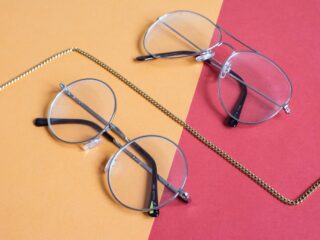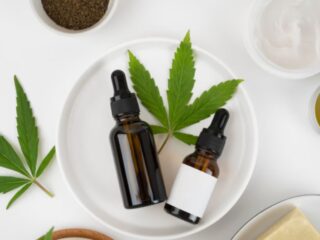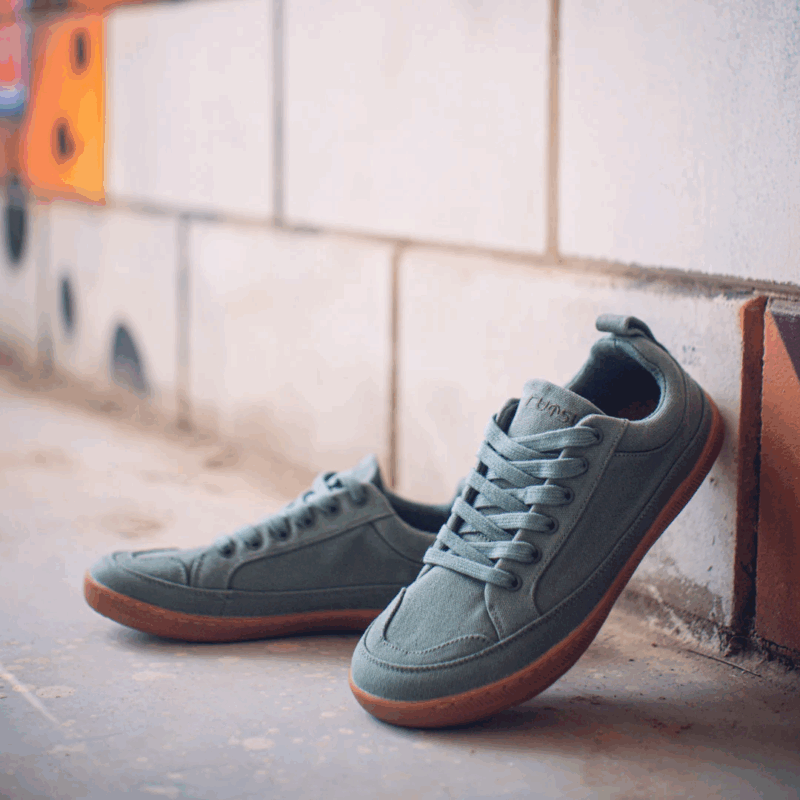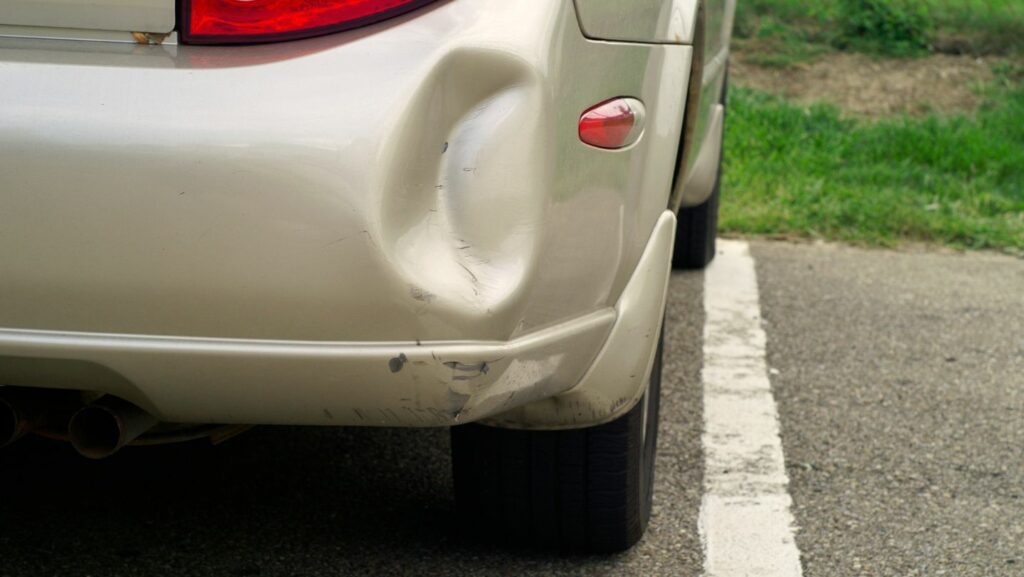
Have you ever found yourself staring at a dent in your plastic bumper, wondering how to fix it without breaking the bank? Well, fret no more! I’m here to share with you a simple and effective DIY method for pulling out those unsightly dents from your plastic bumper. With just a few basic tools and a little patience, you’ll be amazed at how easily you can restore your bumper to its former glory.
First things first, gather the necessary supplies for this repair job. You’ll need a hairdryer or heat gun, a pair of heavy-duty gloves, some dry ice (optional), and a plunger. Yes, you read that right – a plunger! It may seem unconventional, but trust me, it works wonders.
To get started, heat up the dent using the hairdryer or heat gun. The heat will soften the plastic and make it more malleable. Be sure to wear your gloves throughout this process to protect your hands from any potential burns.
How to Pull a Dent Out of a Plastic Bumper
To successfully pull a dent out of a plastic bumper, you’ll need to gather a few essential materials. Here’s a list to help you get started:
- Plunger: Look for a sturdy, medium-sized plunger with a rubber suction cup. This will serve as your primary tool for creating the necessary suction to remove the dent.
- Hot Water or Hair Dryer: Heat can be used to soften the plastic and make it more pliable, which will facilitate the dent removal process. You can either pour hot water over the affected area or use a hair dryer in a high heat setting.
- Cleaning Solution and Microfiber Cloth: Before attempting any repairs, it’s important to thoroughly clean the surface around the dent. Use a gentle cleaning solution and a microfiber cloth to remove dirt, grime, and any wax or polish residue that might interfere with your repair efforts.
- Gloves and Safety Glasses: While not directly related to dent removal, wearing gloves and safety glasses is always recommended when working with tools or chemicals. These simple precautions can help protect your hands and eyes from potential harm.
- Optional Tools: Depending on the severity of the dent, you may find additional tools helpful in achieving optimal results. These could include heat guns, pry bars, suction cups designed specifically for automotive repairs, or even specialized dent removal kits available on the market.
Assessing the Dent: Size and Accessibility
Choosing the Right Tools
When it comes to pulling a dent out of a plastic bumper, having the right tools can make all the difference. Before you start tackling the dent, take a moment to assess its size and accessibility. This will help you determine which tools are best suited for the job.
There are several tools commonly used for removing dents from plastic bumpers, including:
- Dent Puller: A suction-based tool that creates a vacuum between the surface of the bumper and the puller, allowing you to pop out smaller dents.
- Heat Gun: Using heat can soften the plastic and make it more pliable, making it easier to push out larger dents.
- Prying Tools: These come in various shapes and sizes and are designed to gently pry or push on the backside of the bumper to pop out stubborn dents.
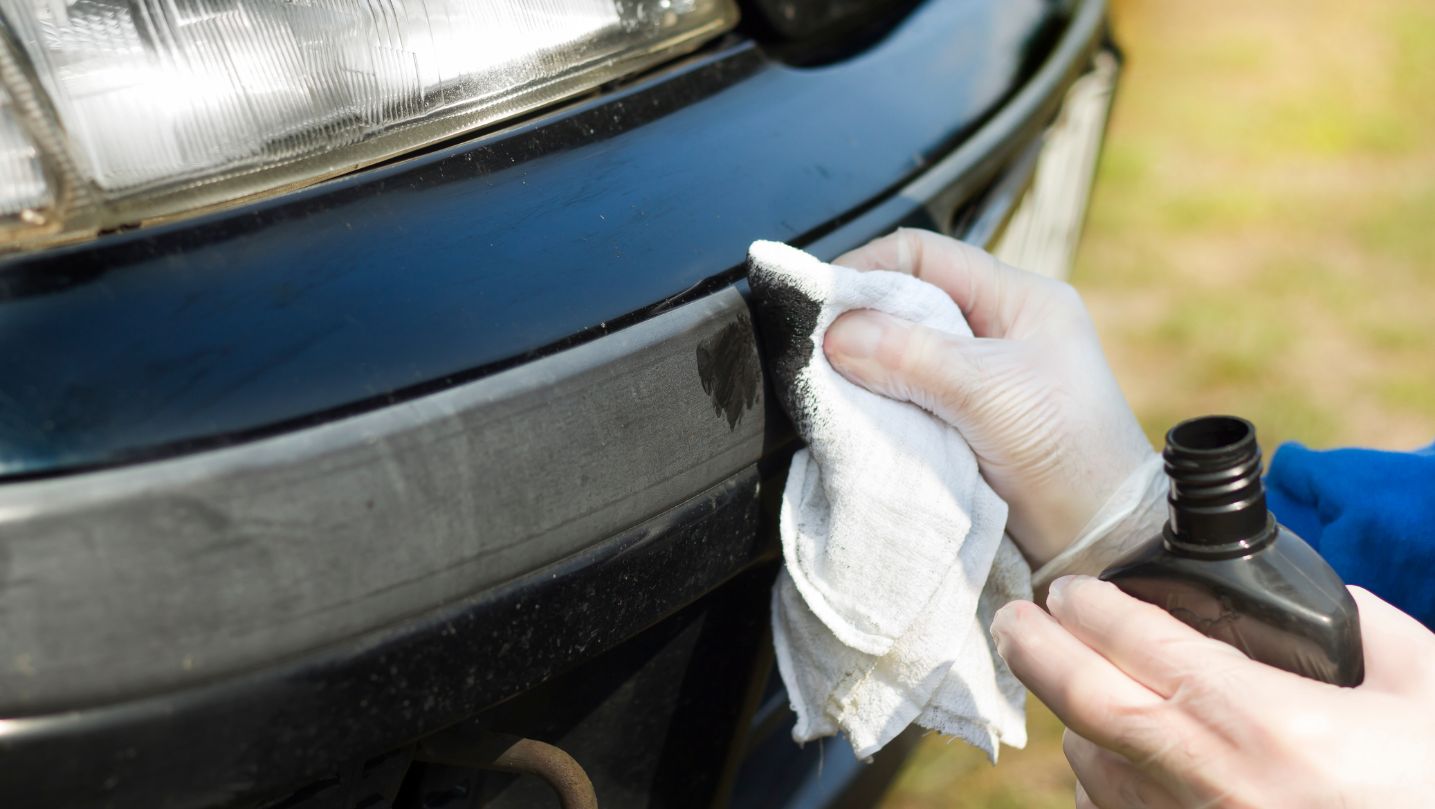
Using a Hair Dryer and Dry Ice Combination
Safety Precautions
Before attempting to use a hair dryer and dry ice combination to pull out a dent from a plastic bumper, it’s crucial to prioritize safety. Here are some important precautions to keep in mind:
- Protective Gear: Wear gloves and safety glasses to shield yourself from any potential harm during the process.
- Well-Ventilated Area: Ensure that you’re working in a well-ventilated space or outdoors, as both the hair dryer and dry ice emit potentially harmful fumes.
- Proper Handling of Dry Ice: Dry ice is extremely cold and can cause frostbite if not handled correctly. Always use insulated gloves or tongs when handling it, and never touch it directly with your bare hands.
In conclusion, taking your time during the polishing and finishing process is crucial to achieve optimal results. Rushing through these steps may lead to unsatisfactory outcomes or even further damage. By following these guidelines, you’ll be able to restore your plastic bumper’s appearance and ensure it remains protected for the long haul.

